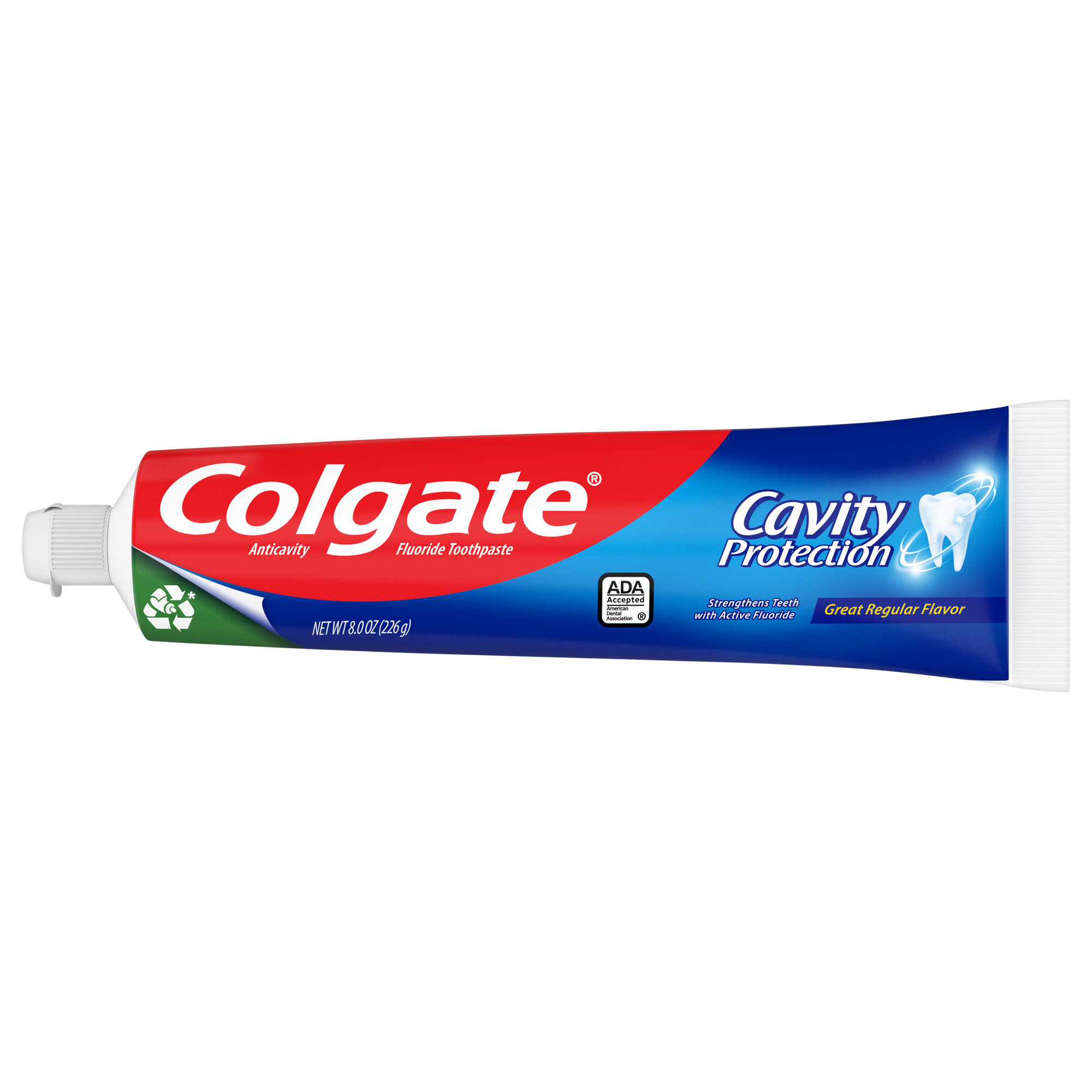How Do I Know if I Need a Filling?
Your dentist will use a small mirror to examine the surfaces of each tooth, and anything that looks abnormal such as discoloration, is sensitive to temperature changes or defective, will be closely checked and X-rayed. The treatment will depend on the extent of damage and the type of filling you agree on.
Which Type of Filling is Best?
The right type of tooth filling for you will depend on the extent of the repair, any allergies to filling materials, the location of the cavity and the cost.
- Gold fillings are made to order and then cemented into place. Gold inlays are well tolerated by gum tissues and might last more than 20 years. It's often the most expensive choice and requires multiple visits.
- Amalgam (silver) fillings are resistant to wear and relatively inexpensive, says the ADA. Due to their dark color, they aren't the best choice for highly visible areas.
- Composite resins look more natural because they're matched to the color of your teeth. Composites are less durable and can become stained just like teeth, so they don't last as long as other types of fillings. However, they do better in smaller fillings.
- Porcelain fillings, called inlays or onlays, are made custom in a lab and then bonded to your tooth. They're matched to your tooth color and resist staining. A porcelain restoration generally covers most of the tooth. Their cost is similar to gold.
What Happens When You Get a Filling?
When you get a filling, you might first be given local anesthesia to numb the area. Next, your dentist will likely use a drill to cut through the enamel and remove decay. Once the drill reaches the dentin, or second layer of the tooth, the dentist typically uses a lower-speed drill, because dentin is softer than enamel. Your dentist will shape the space to prepare it for the filling. They might also put in a base or a liner to protect the tooth's pulp (where the nerves are).
If your dentist is placing a bonded filling, (generally done with composite fillings) they will first etch the tooth with an acid gel. Etching makes tiny holes in the tooth's enamel that the composite material fills as the dentist places the filling. A bonding material is also used so that the filling bonds to the tooth in two ways. Bonded fillings can reduce the risk of leakage or decay under the filling.
Certain types of composite fillings get hardened by a special light. With these fillings, your dentist will layer the material, stopping several times to shine a bright light on the resin to cure (harden) the material and make it strong.
Finally, your dentist will use burs to finish and polish the filled tooth. Occasionally, sharp edges might remain after your appointment. These can easily be fixed by your dentist during a follow-up visit.
What's it Like After Getting a Filling?
After getting a filling, it's possible that you could experience some changes in sensation on the tooth, but these symptoms usually don't last long and fade with time. For example, some people feel sensitivity to pressure, air, sweet foods or cold foods after they receive a filling. Usually, this sensitivity will decrease in 1–2 weeks. However, if you experience immediate pain and extra pressure when you bite down after getting your filling, it's possible that the filling is too tall. This is more common than you might think but your dentist can easily correct it.
In some cases, people might experience a sharp shock feeling, called galvanic shock after getting a filling. This kind of shock is caused by two metals (one in the newly filled tooth and one in the tooth it's touching) producing an electric current in your mouth. This would happen, for example, if you had a new amalgam filling in a bottom tooth and had a gold crown in the tooth above it.
Are you still feeling pain after 2 weeks? While uncommon, extreme or prolonged sensitivity might mean you need to pay your dentist another visit. Some reasons might include needing to use a different filling material in the future or replacing the filling, adding a base, liner or desensitizing agent to the tooth. In some cases, if your filling is too deep, your dentist might recommend a root canal treatment.
Fillings shouldn't keep you from wearing your smile proudly. So, whether you need a filling now or in the future, you can feel confident about the process and what to expect from your appointment.
Oral Care Center articles are reviewed by an oral health medical professional. This information is for educational purposes only. This content is not intended to be a substitute for professional medical advice, diagnosis or treatment. Always seek the advice of your dentist, physician or other qualified healthcare provider.
ORAL HEALTH QUIZ
What's behind your smile?
Take our Oral Health assessment to get the most from your oral care routine
ORAL HEALTH QUIZ
What's behind your smile?
Take our Oral Health assessment to get the most from your oral care routine















